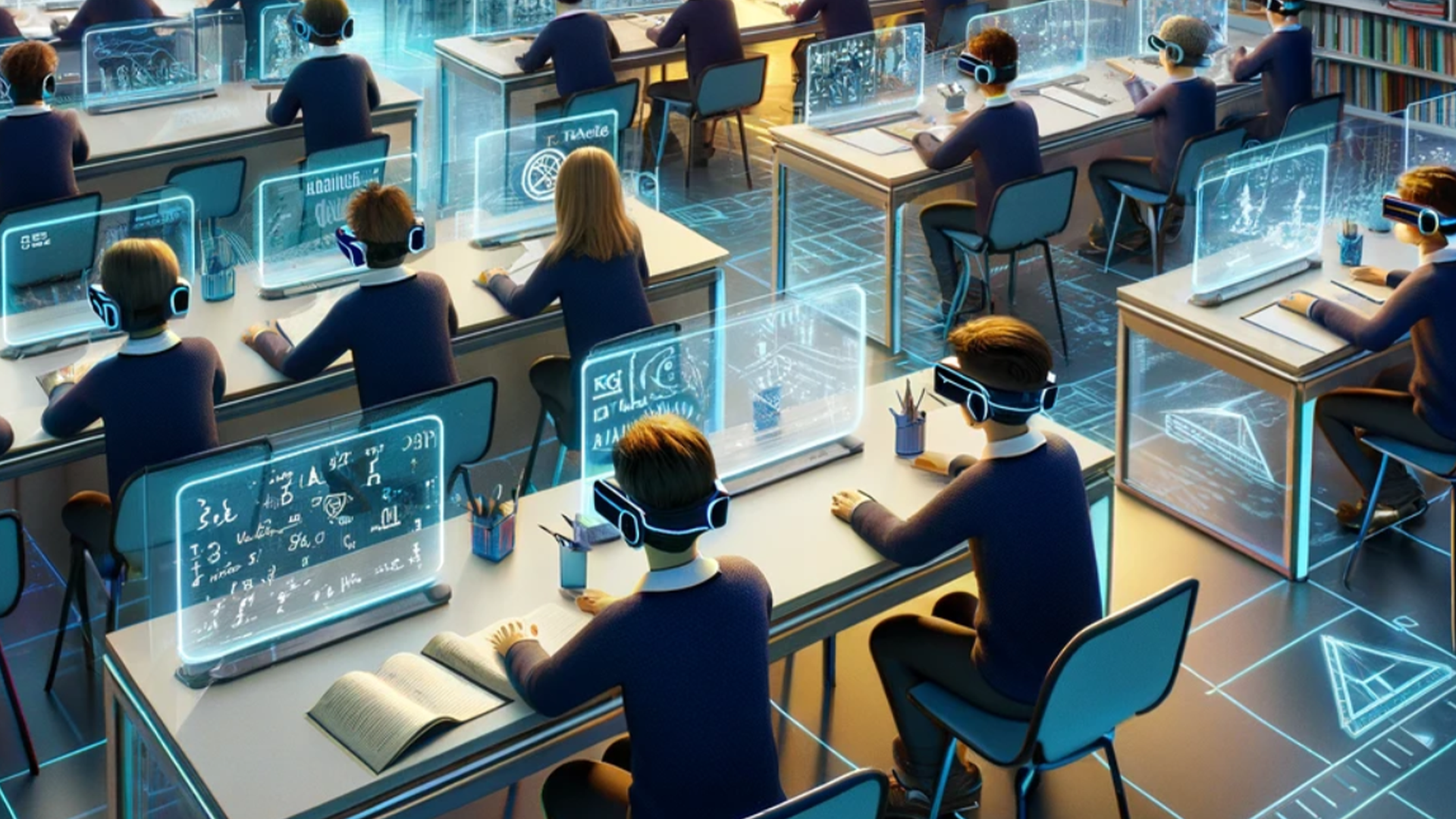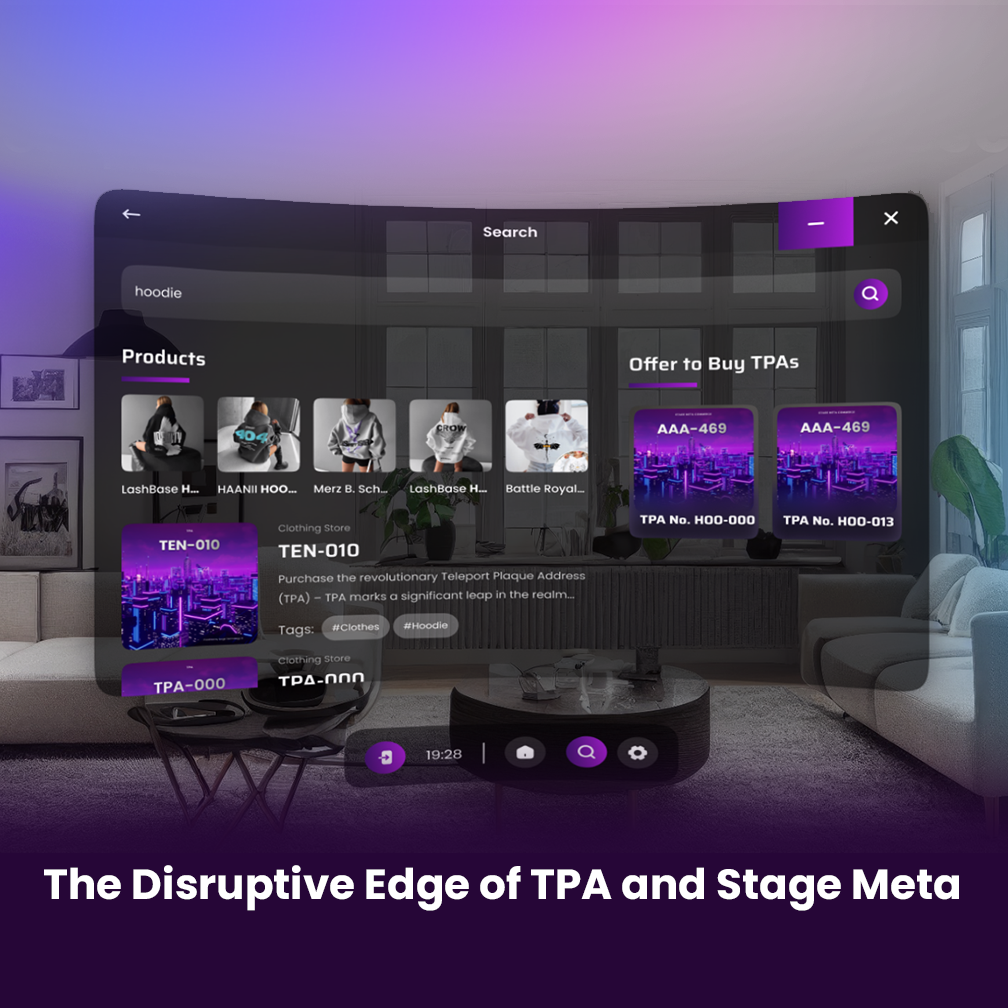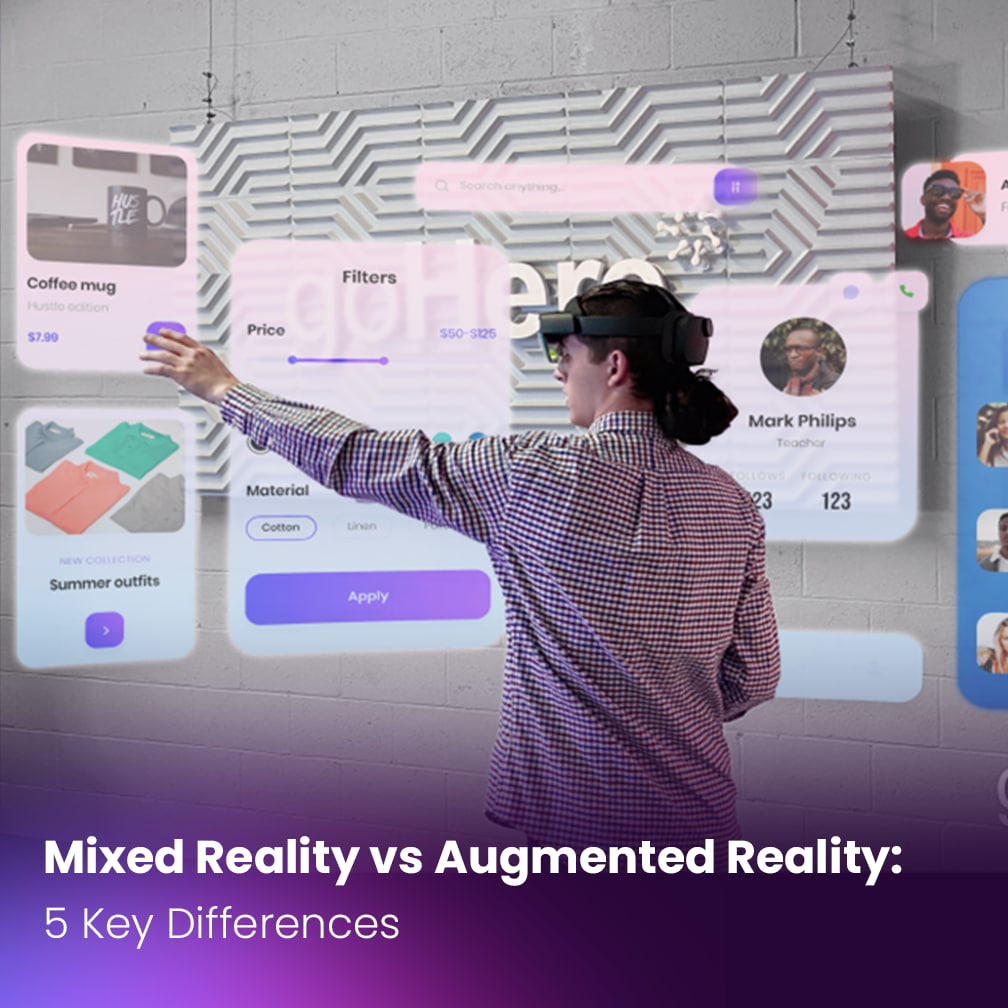Reimagining Education Through Spatial Computing: A Path Forward

Table of contents
- Introduction
- The Essence of Spatial Computing in Education
- The Future of Education with Spatial Computing
- Conclusion
- FAQs
- What is spatial computing and how does it apply to education?
- How can spatial computing transform traditional learning environments?
- What benefits does spatial computing offer to students?
- Can spatial computing be integrated into existing curriculums?
- What challenges are associated with adopting spatial computing in schools?
- What is the future of spatial computing in education?
Introduction
In today’s rapidly evolving digital landscape, the integration of spatial computing into the educational sector stands as a beacon of transformation, promising to reformulate the parameters of learning and interaction within virtual environments. The journey into spatial computing within education heralds a shift towards immersive learning experiences, where the boundaries of physical and digital worlds blur, offering unprecedented opportunities for engagement, collaboration, and exploration.
The Essence of Spatial Computing in Education
Spatial computing, a technological marvel that integrates the physical world with digital or virtual information through the use of augmented reality (AR), virtual reality (VR), and mixed reality (MR), offers a multidimensional canvas for educational innovation. By harnessing the power of spatial computing, educators and students alike can interact with 3D models, engage in immersive simulations, and participate in virtual field trips, transcending geographical limitations and fostering a deeper understanding of complex concepts.

Transformative Potential for Learning
The application of spatial computing in education extends beyond mere visual engagement, touching upon various facets of learning:
- Enhanced Engagement: By taking students to a 3D learning environment, spatial computing captures the imagination, making learning an active and engaging process.
- Interactive Collaboration: It promotes collaboration among students and teachers, regardless of their physical location, through shared virtual spaces.
- Practical Application: Interactive simulations in a virtual setting offer hands-on experience, aiding in better understanding complex subjects.
- Accessibility: Spatial computing tailors educational content for diverse needs, promoting inclusivity and accessibility for students with varying abilities.
The Future of Education with Spatial Computing
Looking forward, the way educational content is delivered and used is poised to be revolutionized by the integration of spatial computing into educational curricula. The potential for creating dynamic, interactive learning experiences is limitless, ranging from simulating historical events to exploring the greatness of space, all within the safety and comfort of the classroom.

The challenge lies in taking technical and infrastructural barriers to make this technology widely accessible. Hardware is becoming more affordable. Software is becoming more user friendly. Spatial computing will be integral to education, making learning engaging and immersive.
Conclusion
In conclusion, the leap into the future with spatial computing in education is not just a possibility but a fact. It holds the promise of creating a learning environment that is interactive, inclusive, and imbued with the potential to transform theoretical knowledge into practical, experiential learning. We stand on the brink of an educational revolution. Educators, technologists, and policymakers must come together to enhance spatial computing’s potential.

FAQs
What is spatial computing and how does it apply to education?
Spatial computing involves integrating digital information with the physical environment through AR, VR, and MR, enhancing learning through immersive experiences.
How can spatial computing transform traditional learning environments?
It introduces interactive, 3D virtual experiences that make learning more engaging and accessible, transcending physical classroom limitations.
What benefits does spatial computing offer to students?
Benefits include improved engagement, hands on learning experiences, and the ability to see complex concepts in an immersive environment.
Can spatial computing be integrated into existing curriculums?
Yes, it can complement traditional teaching methods by providing practical applications and simulations relevant to the curriculum.
What challenges are associated with adopting spatial computing in schools?
Challenges include technical and infrastructure requirements, teacher training, and ensuring equal access for all students.
What is the future of spatial computing in education?
As technology advances, spatial computing expects to become a standard educational tool, offering personalized, immersive learning journeys for students across various subjects.
Estimated reading time: 4 minutes
- Spatial Computing in 2025: A Glimpse into the Future
- Spatial Computing Technology in 2024: Current Landscape
- Navigating the Future: The Essential Guide to Spatial Computing for Leaders
- Spatial Computing: The Future is Now?
- Spatial Computing Benefits: A Quick Look To 7 Surprising Insights








